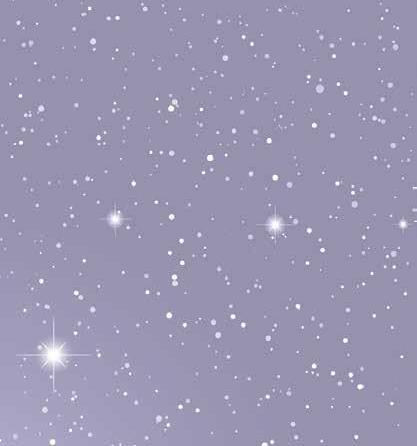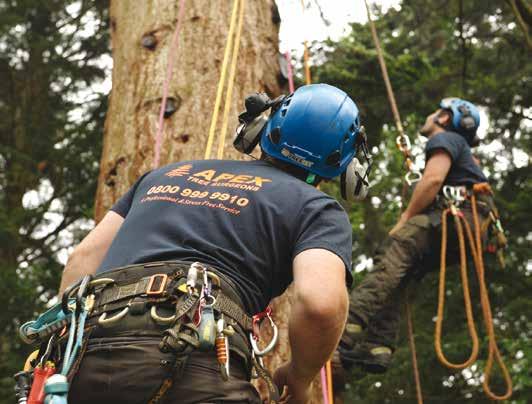
3 minute read
Stargazing in Dorset
30
Community News Local Stargazing Pages
Advertisement
Welcome to The Ferndown & West Parley Directory Stargazing Page. Each month I’ll be describing astronomical events that are happening overhead in our beautiful night skies. The majority of them are viewable just by stepping out at the appropriate time and looking up, but some may require a particular vantage point (e.g. a clear view to the west). A cloudless sky is (usually) required! Some viewings will benefi t from using binoculars or a small telescope if you have one, but most observations can be enjoyed without either. For your safety, please remember to wait until the sun has set before observing the night sky.
International Space Station
The International Space Station (ISS) is usually visible at some point during the night, but often at unsociable hours. During the summer months it is even trickier to see due to the extended daylight hours. At the time of going to press, the only ‘sociable’ overhead pass of the ISS in our skies this month is on the June 1st around 10.10pm. It will be visible moving from west to south, but observing it will require a clear, unblocked view as it will be very low in the sky. Times are subject to change, therefore please visit the free website www. heavens-above.com to obtain accurate fl yover timings.
Mercury
Very diffi cult to spot this month, but for the fi rst few days of June, if you have a clear, low view to the west after sunset you may spot Mercury towards the WNW.
Venus
You may have noticed that the bright ‘star’ in the western evening sky has vanished. Although lost to the glare of the sun for the fi rst half of the month, Venus reappears in mid-June as the ‘morning star’.
Mars, Saturn & Jupiter
Currently these three planets are visible only in our (very early) morning skies. Over the next couple of months they will move into our evening sky, and as the nights darken they will be better placed for observing. If you cannot wait until then, head out between 2 a.m. and 4 a.m. and look towards the south east. Mars is the bright, reddish object on the left, whilst the two bright objects to the right are Saturn and Jupiter (brighter of the two). In the early hours of June 9th the Moon joins the two gas giants making for a pleasant view (see diagram).
Moon
This month’s full moon on June 5th is traditionally known as the Strawberry Moon. Named by Native American tribes, it is associated with the time of year when strawberries ripen and are ready to pick. In Europe and other countries, June’s full moon is known by many names, including the Rose Moon, Mead Moon and Hot Moon.
Other astronomical things of note this month…
Midsummer, or the Summer Solstice (from the Latin for ‘the sun stands still’) occurs on June 20th this year. For the northern hemisphere, it 31 marks the day when the sun reaches its highest point in the sky at noon. This means we experience the ‘longest day’ of the year (the longest period of daylight in one day). The early summer months are the best time to try and spot a rare and beautiful cloud-type: noctilucent clouds. If conditions are favourable, these blue-white illuminated clouds are visible thirty minutes after sunset for a couple of hours, typically in our northern skies. Although the exact cause of their formation is unknown, we know they are composed of tiny water ice crystals and form about 80km up in the atmosphere. Although June itself isn’t well-known for any named meteor showers, in 2014 the UN offi cially designated June 30th to be Asteroid Day. This day was chosen as it marks the anniversary of the Tunguska Event that took place in Siberia in 1908. Asteroid Day aims to raise awareness about asteroids, and due to the current global situation all events are going ‘online’, so feel free to check it out at https://asteroidday.org/ updates/asteroid-day-2020/ One exciting event over the next few months to watch out for will be NASA’s OSIRIS-REx spacecraft taking a scoop of material from an asteroid known as Bennu. This sample will be returned to Earth for scientifi c study in 2023. The spacecraft did a bit of a dress rehearsal last month, and all went well! Watch out for next month’s pages to see what else you can look for. Kate Earl










